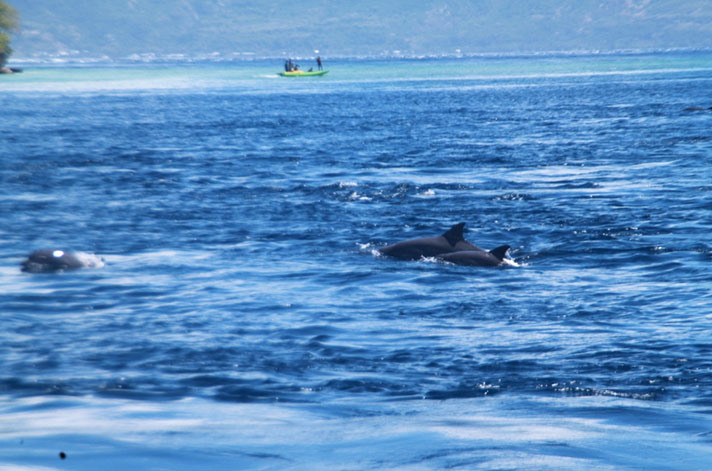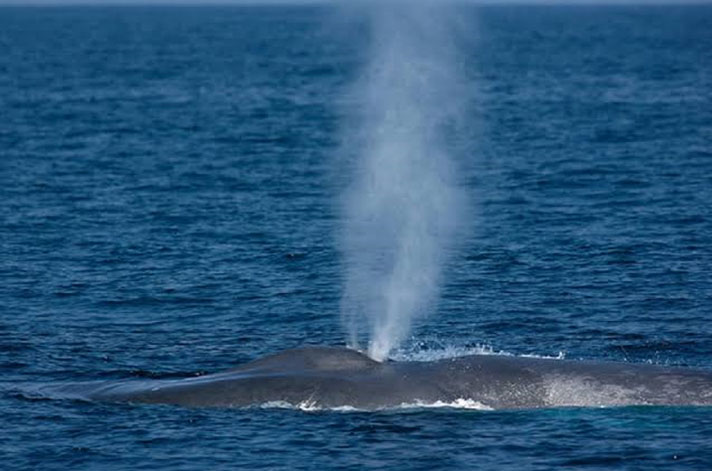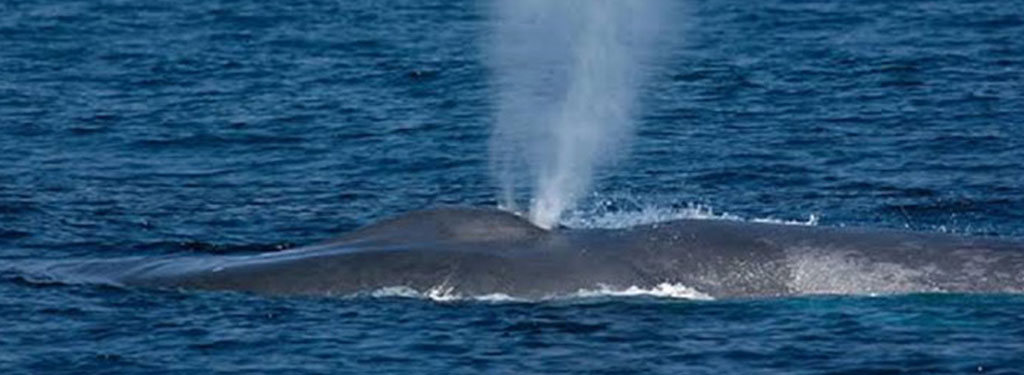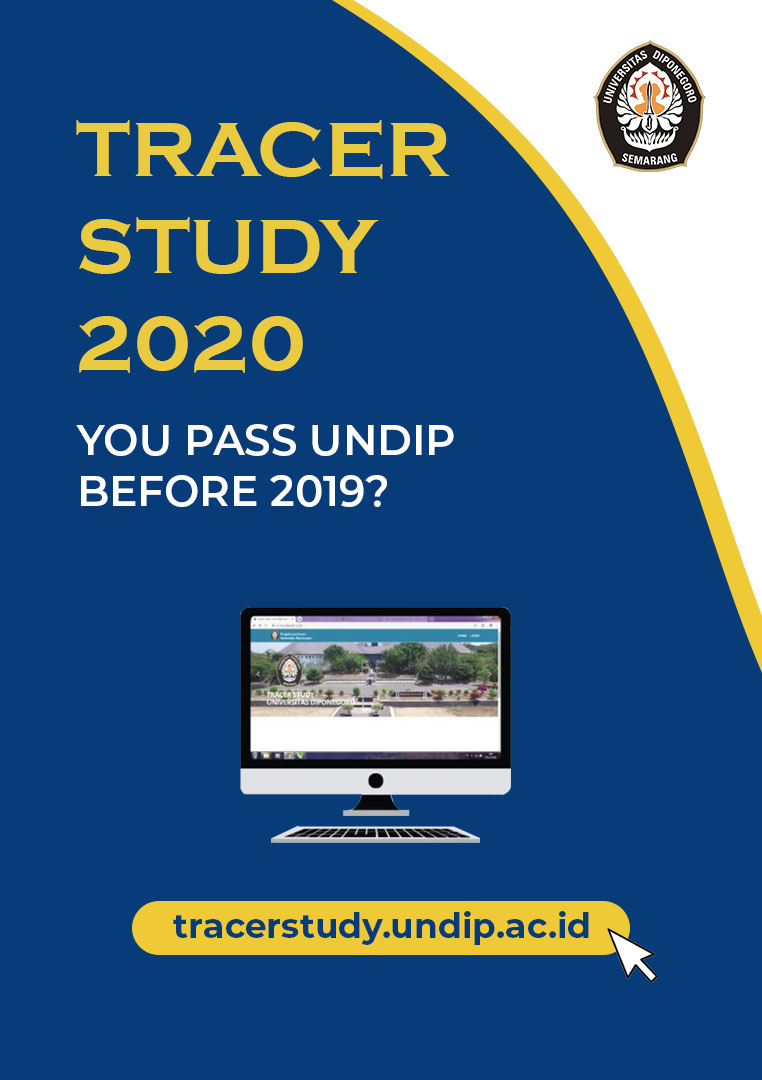FPIK, SEMARANG – Senior oceanography researcher from the Faculty of Fisheries and Marine Science (FPIK) UNDIP, Prof. Agus Hartoko, and Doctoral candidate Jahved F. Maro from the Tribuana Kalabahi University (UNTRIB) have found evidence of a local phenomenon called “Cold Water” in the Alor Strait. In oceanography this phenomenon is called upwelling. In the case of Alor Strait, the cold 7°C sea water from a depth of 1.000 meters rose to sea as observed in the incident on May 8th, 2020 at 11.44 am (Eastern Indonesian Time). Normally, sea surface temperature in the tropic sea could reach a temperature of 30°C. In this upwelling condition, the Cetaceans arrives, and dolphins hopping on the surface of the sea water.
Over the past hundreds of years, the Savu Sea of East Nusa Tenggara (NTT), Lamalera and the Alor Strait are parts of the Savu Sea that are known by local fishermen as the migration route for the Cetacean group, such as whales, dolphins and dugongs. Whales were often washed ashore after passing through this strait and usually died naturally.

Dugong | Source: FPIK.

Dolphins (Tursiops sp., Stenella sp., Lagenodelphis sp.) | Source: FPIK.

Whales (Feresa sp., Kogia sp., Mesoplodon sp.) | Source: FPIK.
The measurement and analysis of MODIS – Aqua satellite data, showed that at certain times an upwelling has occurred, and turn the sea in the Savu Sea waters into a ‘cold pool’ surrounded by warm water. The sea surface temperature range in the Savu Sea is between 26.7°C – 28.6°C or 2°C cooler than the surroundings, namely in the North of Alor and in the South of Rote Island, where the temperature in the sea surface area ranges from 28.6°C – 31.4°C.

Picture of satelit MODIS – Aqua data analisys | Source: FPIK.
The of cold water mass flow from the Indian Ocean to the North following the topography of the ocean floor from the tectonic plate junction of Australia and the Pacific in the South of the Savu Sea. In the process of the upwelling, the seawater from the Indian Ocean flows into the ‘pool’ of the Savu Sea from a depth of 3.500 meters, then the cold water flows to the North moving up into the Alor Strait with a depth of 500 meters and finally rises to sea surface with a temperature of 7°C in May. This Up-Welling phenomenon usually occurs in May and November or during the east-monsoon.
The Savu Sea area has been designated as a marine protected area. Therefore, in the future, UNDIP, local government of Alor, NTT Provincial Government, UNTRIB Alor and WWF Alor will together develop the area into a marine tourism area or so called the integrated and sustainable “Marine Geopark” along with the local community. (Dwi Haryanti).
Sources:


